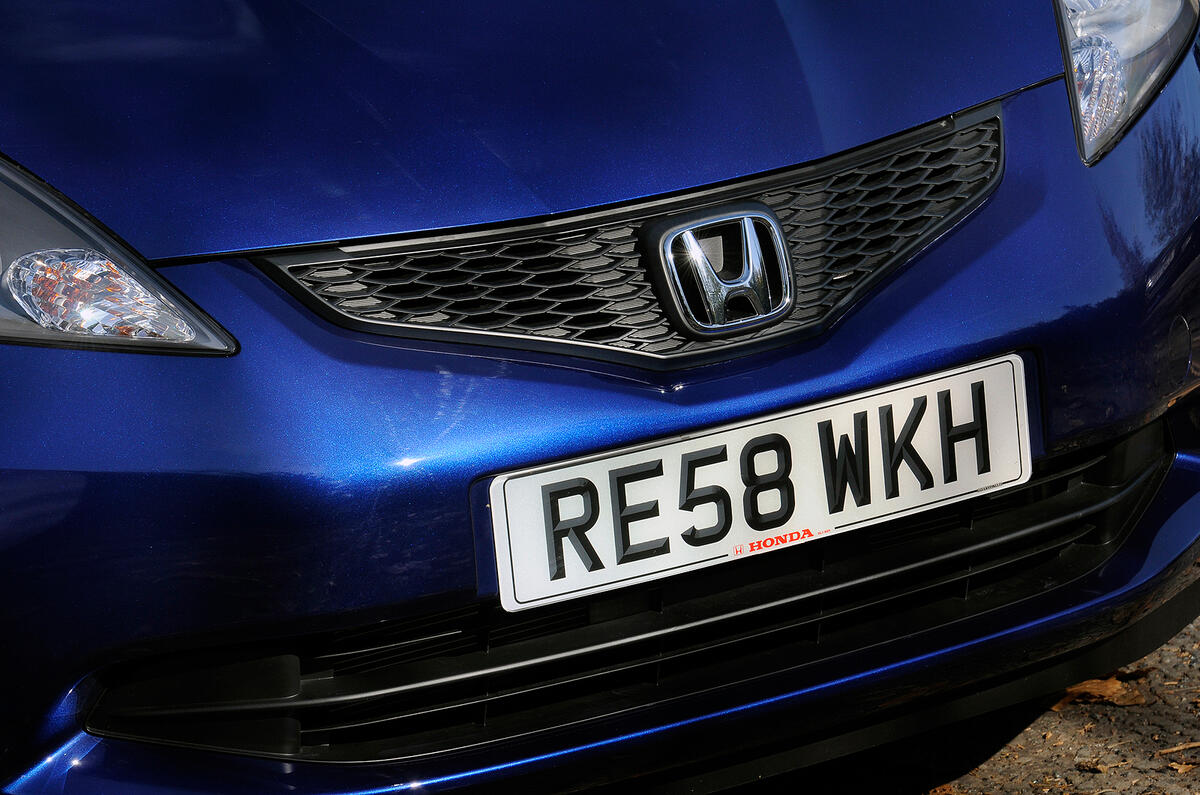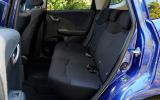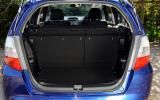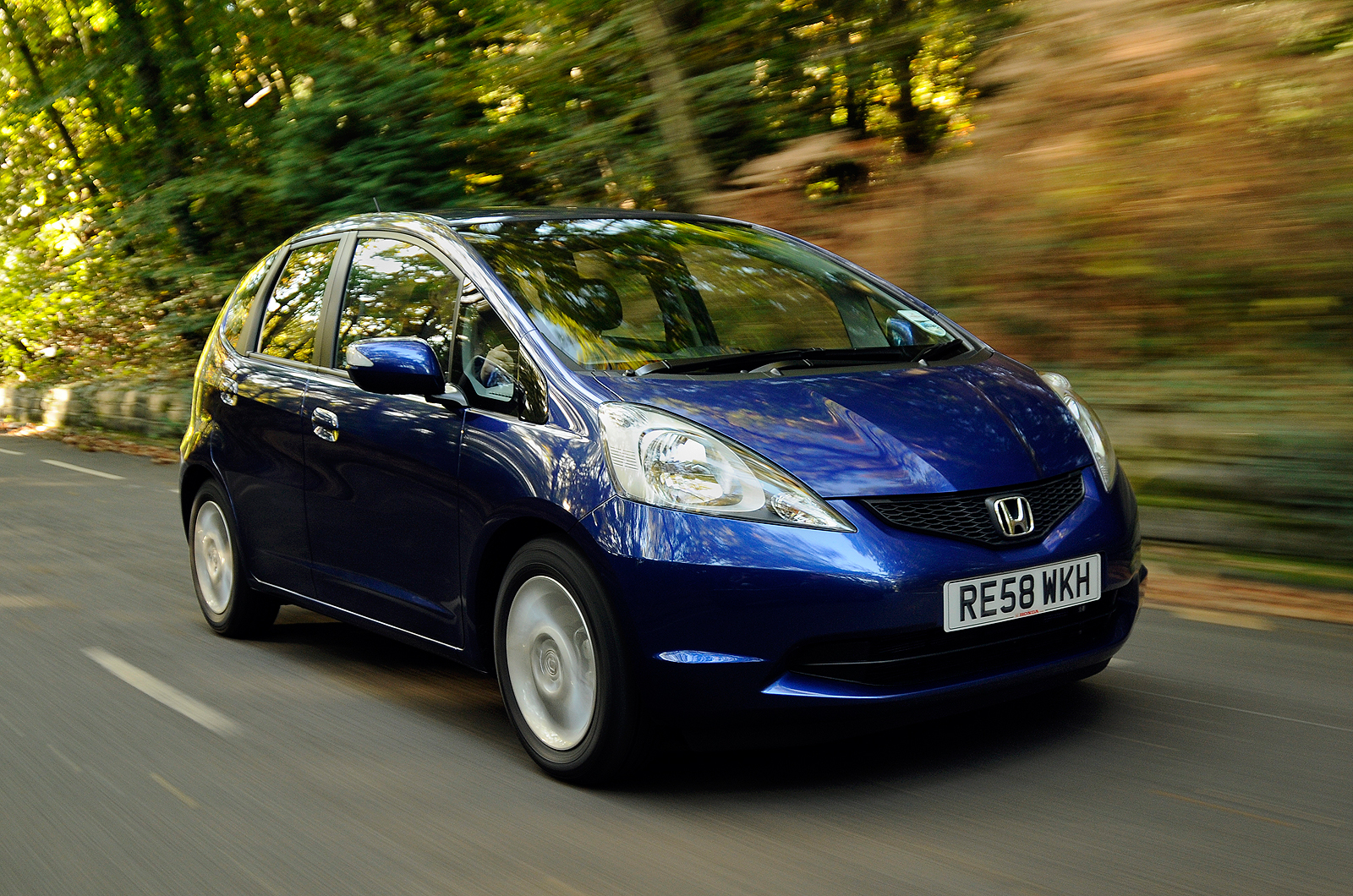Revolutionary, cutting edge, high performance are words that can’t be attributed to the Honda Jazz.
And yet the Honda's continued sales success means that for thousands of buyers, arriving at a destination in an unflustered, undramatic fashion is far more important.
We’re not sure whether the old adage ‘If it ain’t broke don’t fix it’ translates well into Japanese, but Honda’s engineers must have uttered the local equivalent when designing this model.
So while it is almost entirely new, the Honda Jazz's focus remains on practicality and versatility, with tweaks to the exterior dimensions and promised improvements to the dynamic repertoire.
The greatest single change is Honda’s attempt to sharpen the styling to appeal more to younger, more image-conscious buyers.
The Honda Jazz comes with either a 1.2-litre or what Honda calls a 1.4-litre petrol engine (despite it displacing only 1339cc) or as a Honda Jazz hybrid. Honda's 1.2-litre model is only available with a five-speed manual, while the 1.4-litre is also offered with an automatic CVT gearbox. The hybrid is auto-only.
Unlike rivals, there’s no eco-diesel model or diesel. Honda prefers to take the hybrid route using much of the mechanicals from the Honda Insight - a 1.3-litre petrol engine working alongside an electric motor through an auto gearbox.

















































